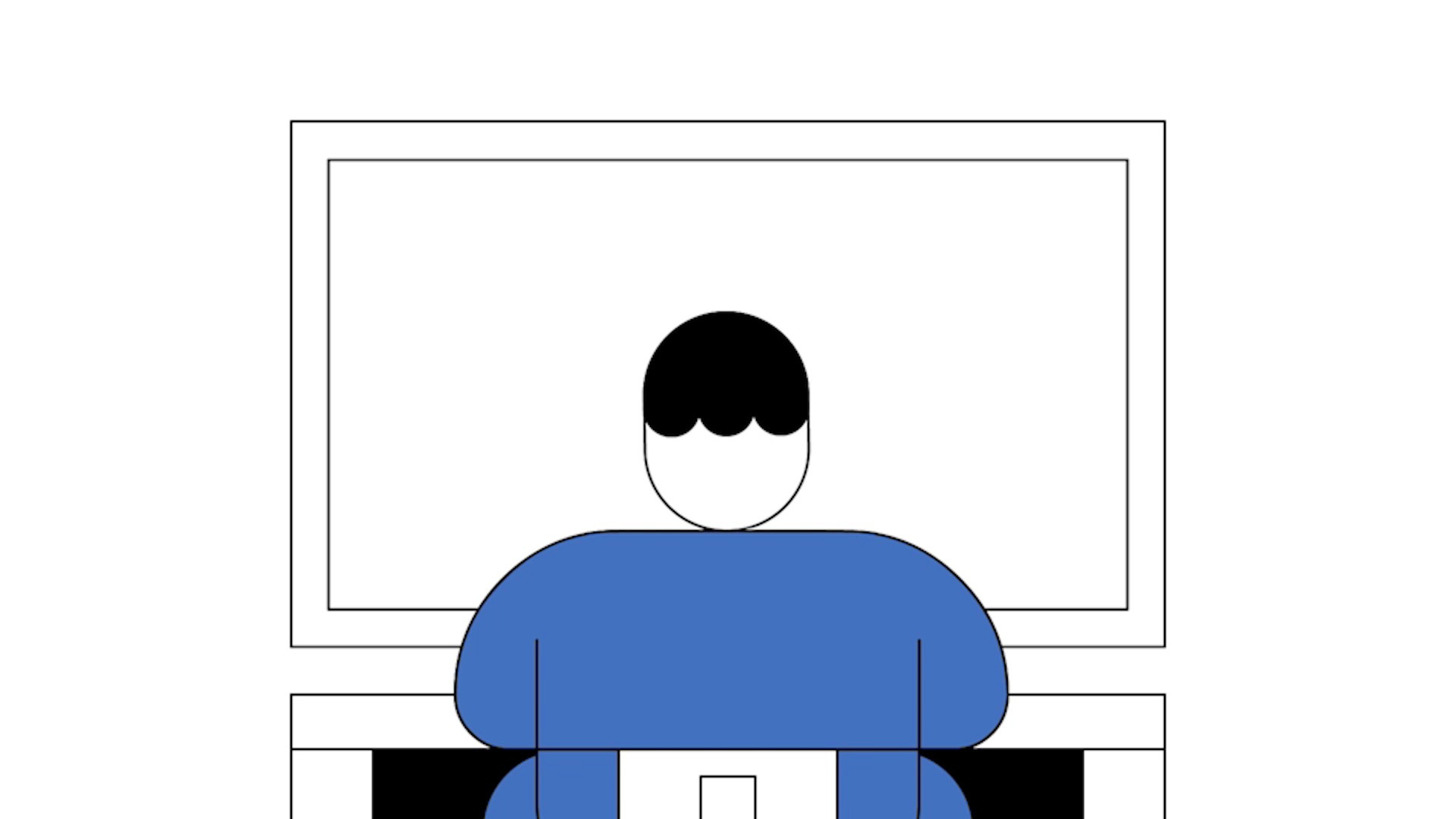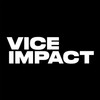image via Facebook
On Wednesday, November 29, Facebook held its second annual Social Good Forum to showcase powerful new products for social impact and advocacy organizations. In June, the social networking platform hit over 2 billion monthly users, and the event was another example of the tech behemoth embracing the hefty responsibility it has and recognizing the wider implications its services have on society.Though the new products announced have been in development for months, it’s not insignificant that the announcement came shortly after Facebook executives (as well as representatives from Google and Twitter) were grilled on Capitol Hill about the online platforms susceptibility to Russian meddling during the 2016 U.S. presidential campaign. There has also been increased public concern about how Facebook and other major social network platforms are susceptible to the spread of fake news and hate speech.Facebook founder and CEO Mark Zuckerberg announced at the forum that the site will pilot a mentor-mentee program, which will allow certain nonprofit organizations to better connect with young people as part of specific social programs. The two nonprofits Facebook has initially partnered with for the program are the International Rescue Committee to advise people interested in crisis recovery and iMentor to guide people on the path to higher education.Facebook also announced it would step up its already impressive disaster relief efforts. After the destructive natural disasters that occurred this year like tropical storm Harvey and hurricane Maria, Facebook provided users with the opportunity to mobilize disaster relief. One of the network’s new features will utilize user data, such as their location, to identify people in need of help following a natural disaster. This is somewhat of an extension of Facebook’s Crisis Response tool, in which people can mark themselves safe in an emergency.The platform also plans to up its nonprofit fundraising game by maximizing contributions to organizations by upgrading the site’s fundraising tools. Before, users could set up a personal fundraiser for nonprofit organizations either on their profiles or when doing a live stream, but were limited to certain locations. Now, Facebook users in Europe, Australia, Canada and New Zealand will be able to champion charitable causes through the site’s donate button or individual fundraising tool.Earlier this year the platform facilitated over $10 million for Hurricane Harvey relief, and it’s a relatively painless way to reach new activists and donors, and savvy advocacy organizations would be wise to check out the new tools made available.Facebook will also stop charging nonprofits fees for collecting donations, meaning all money goes directly to organizations that people want to support. However, individual donor information will only be made available to organizations if contributors opt-in, as the default is to not turn over that information. Anyone who has ever seriously raised money knows how important it is to have donor information, so will be interesting to see how that plays out.Love it or hate it, Facebook is an unparalleled tool for mass communication, digital organizing and fundraising and has become an indispensable platform for anyone working in the social impact space. Similar to how brands and media outlets are dependent on it for advertising and content distribution, it has already shown immense promise when it comes to addressing the core needs of social impact organizations -- particularly fundraising, and is unrivaled in it's ability to engage a massive audience about a particular issue.All the new features aren’t live just yet, but here are some ways you can get going.Learn more about Facebook for Social Good .
Check out more videos from VICE:
As part of their new initiative for social good, Facebook is rolling out a suicide prevention AI that can figure out when someone may be be at risk for suicidal behavior. In Europe, the company is facing a major roadblock because of the European Union’s strict internet privacy laws that would require consent from every single user.According to the World Health Organization, someone dies as a result of suicide every 40 second and it also happens to be the second leading cause of death for young people between the ages of 15 to 29. With the advent of social media sites such as Facebook, there have been instances when people broadcast their suicides or suicide attempts online.Facebook has been building a team of content moderators whose job it is to find and take down disturbing videos, such as suicide posts, but the network has come under fire for not doing enough to address the issue. What’s clear is that with the the expansion of scope of Facebook comes great opportunities to use the powerful platform for good, but there is also all the more reason to keep a vigilant watch and to keep asking questions especially when it comes to privacy concerns and implications for public health.
Advertisement
Advertisement
What you can do:
- Get connected: If you care about a particular organization find their community page and click on their donate button to fund their mission. If you feel strongly about a cause that doesn’t have a page, feel free to create your and then share your call to action with others.
- Start a fundraiser: If there’s organization that you want others in your circle to support you can create a personal fundraiser either on your profile or when you start Facebook Live stream. Your friends will see the post on your timeline and and be able to contribute to your cause.
Advertisement
Check out more videos from VICE:

